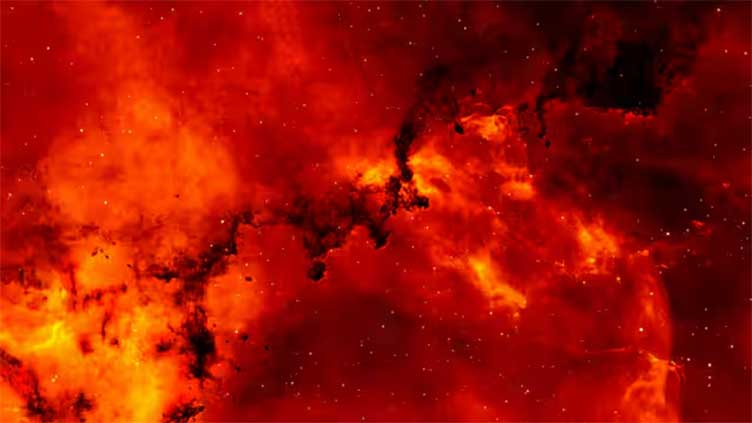Our sun is sending mysterious radio signals for decades

Technology
Nasa plans to find the exact source
(Web Desk) - Our Sun is emanating mysterious radio waves and Nasa plans to study the occurrence.
The CubeSat Radio Interferometry Experiment, or CURIE, was launched from the European Space Agency Ariane 6 rocket in early July to study the radio waves that were first noticed decades ago.
Coronal mass ejections (CMEs) and solar flares mostly create auroras on Earth. But they also produce mysterious radio signals, and the exact point of origin has never been identified.
For years these radio waves were believed to be originating from solar flares and CMEs, but in 2023 astronomers discovered that sunspots, along with the cooler, darker, and more magnetically active areas of the Sun also housed them.
The CURIE mission will deploy a pair of tiny satellite units called CubeSats in orbit around Earth. CURIE was chosen in 2020 and started as a 6U CubeSat before separating into two 3U spacecraft.
CubeSats can be combined into larger configurations depending on the requirements.
"This is a very ambitious and very exciting mission," David Sundkvist, the principal investigator of the CURIE mission said.
"This is the first time that someone is ever flying a radio interferometer in space in a controlled way, and so it's a pathfinder for radio astronomy in general."
The CubeSats, about the size of a shoebox, will be deployed 360 miles above the Earth's surface, from where they will be able to scan radio waves between 0.1 and 19 megahertz.
Such radio waves would normally be absorbed by the Earth's upper atmosphere. The twin satellites will be two miles apart from each other and will measure the time differences between radio signals reaching each satellite.
This method will help scientists understand the point of origin of these radio waves.
How do solar flares affect Earth?
When solar flares hit the Earth's atmosphere, the result is beautiful auroras. However, stronger flares also disrupt communication equipment.
Our planet's magnetic field acts as a shield, protecting us from heavy radiation levels emanating from the Sun, which spread throughout the solar system.
On Mars, where there is no atmosphere or a magnetic field, a strong solar particle event leads to high radiation, with one of the recent ones being recorded at 30 times higher than a chest X-ray would produce.
CURIE mission will be followed by the Sun Radio Interferometer Space Experiment, or SunRISE, mission. Using the results of the CURIE mission, the latter will use six CubeSats to prepare two-dimensional maps of the areas where solar radio waves originate.
The data from both the missions will be crucial in understanding the effects of solar storms on the solar system and how they impact Earth's environment.


